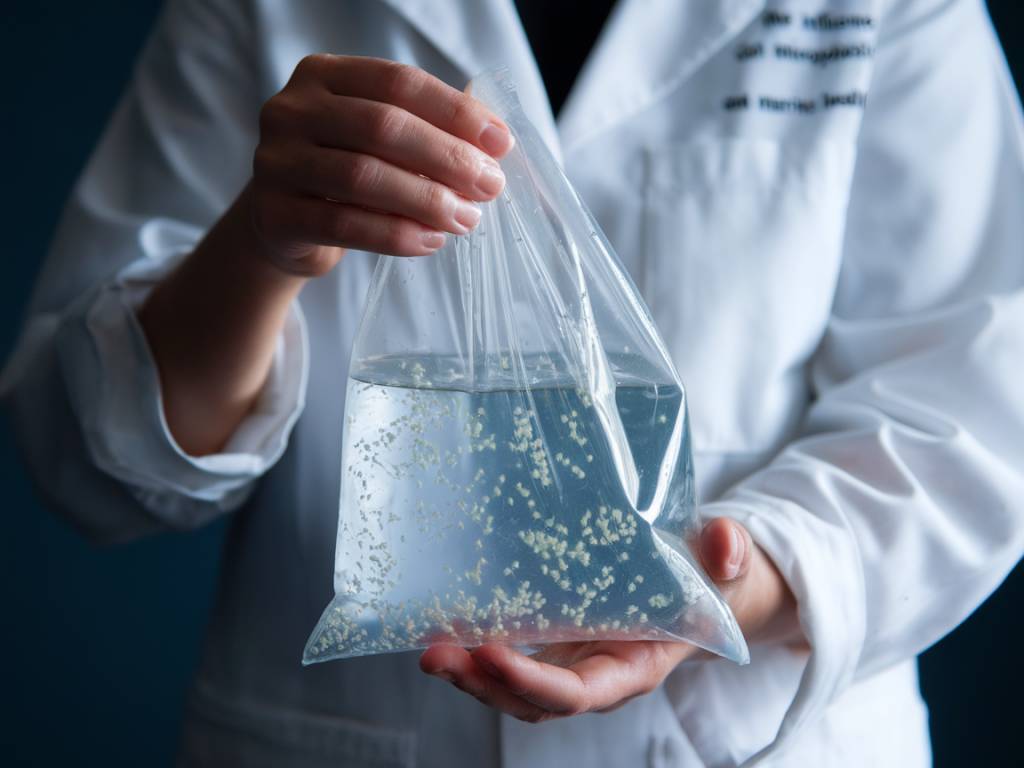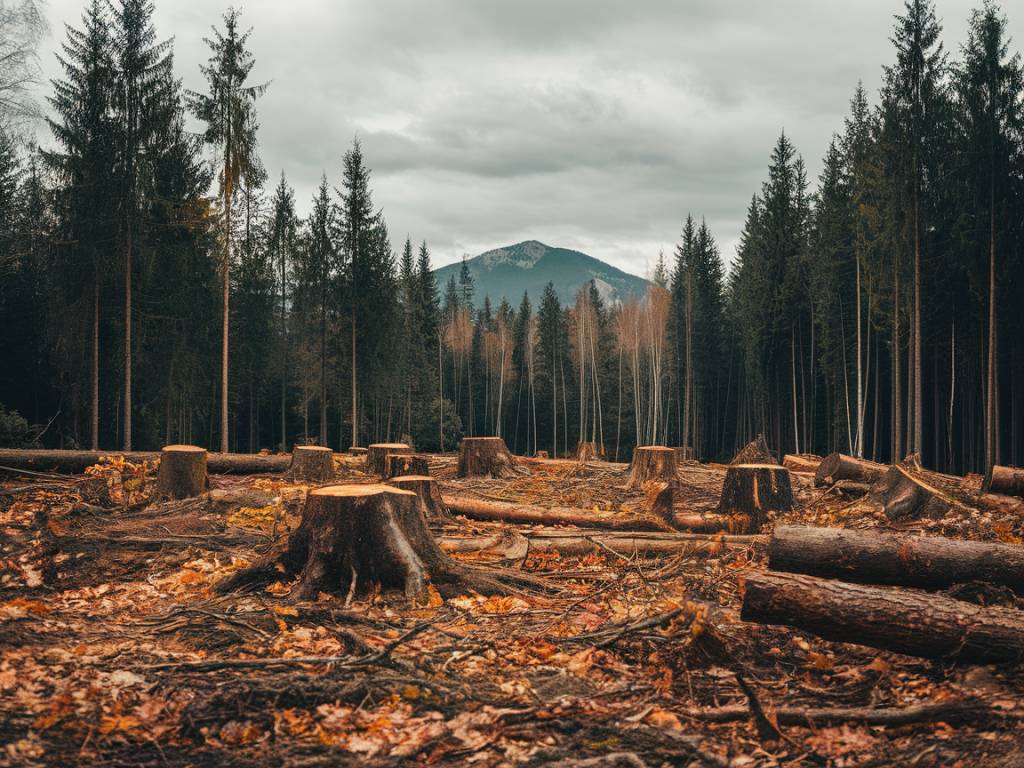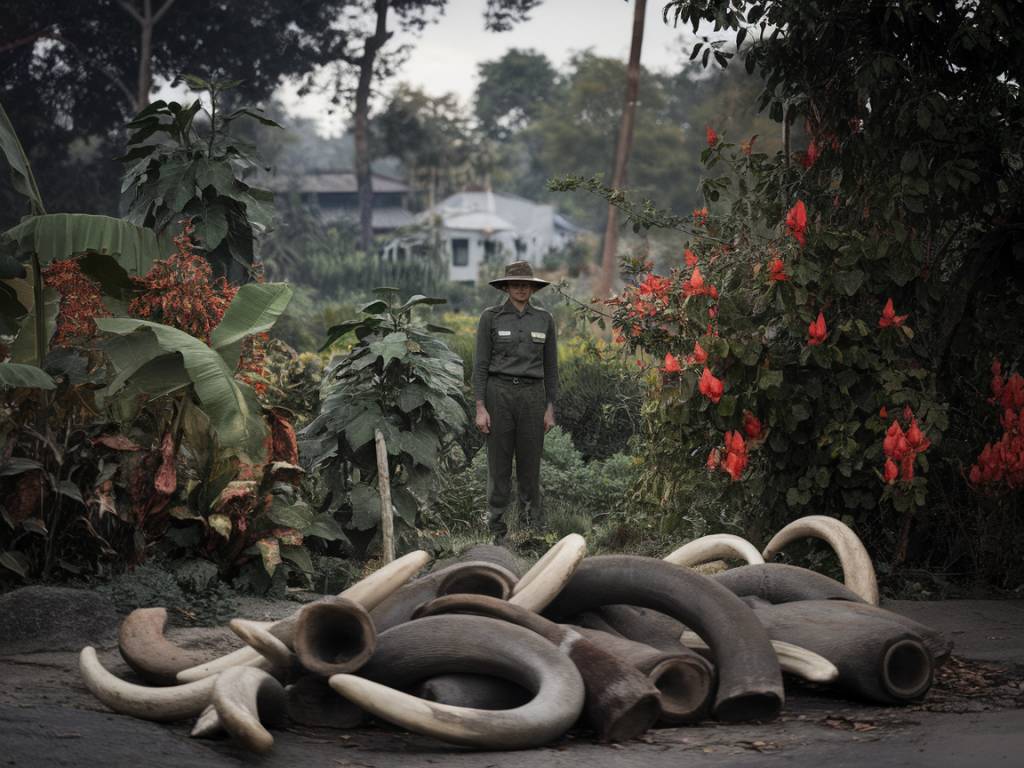In recent years, the conversation around ocean health has been increasingly dominated by a silent invader: microplastics. These minute pieces of plastic, often invisible to the naked eye, have permeated every corner of our oceans, raising concerns about their far-reaching effects on marine life and the delicate balance of oceanic ecosystems.
What Are Microplastics?
Microplastics are small plastic particles less than five millimeters long, encompassing a wide array of sources. Whether originating from larger plastic debris breaking down over time or from activities as mundane as washing synthetic clothing, these particles are now ubiquitous in marine environments. Have you ever considered the journey of the tiny fibers from your fleece jacket, once it enters the waterways? They contribute significantly to this pollution.
A Ubiquitous Presence in Marine Ecosystems
The pervasiveness of microplastics in marine ecosystems cannot be overstated. Studies have shown that microplastics can be found from the deepest ocean trenches to the most remote polar ice caps. This startling spread raises questions about how they interact with marine life, many species of which have no natural defenses against such synthetic materials.
Impact on Marine Fauna
The ingestion of microplastics by marine organisms is one of the most documented consequences. From tiny plankton to the great whales, no creature is immune. Consider the plight of a sea turtle, confusing a plastic bag with a jellyfish snack. This mistake can be fatal, leading to obstructed digestive tracts or malnutrition. But beyond ingestion, microplastics also pose risks through entanglement and the potential to absorb and concentrate toxins.
Disruption of the Food Chain
Microplastics’ integration into the marine food chain is a cause for alarm. They are consumed by various filter feeders, like mussels and oysters, which are then eaten by larger predators. This bioaccumulation results in higher concentrations of plastic and associated toxins as one ascends the food chain, potentially impacting human health. Shouldn’t we be concerned about what’s on our plates?
Altering Marine Habitats
Beyond individual organisms, microplastics pose a threat to entire marine habitats. Coral reefs, already stressed by climate change, face additional pressures as microplastics settle into their structures. This can impede light penetration, crucial for the photosynthesis processes of symbiotic algae living in the corals, and negatively impact their growth and resilience. Can these vibrant underwater cities withstand yet another assault on their stability?
Invisible Invaders and Ocean Health
As we learn more about the microscopic invaders that are microplastics, the implications for ocean health are daunting. Changes in water quality, disruption of natural behaviors in marine life, and the potential for invasive species to hitch a ride across oceans—these are just a few of the areas of concern. It’s a testament to the interconnectedness of ecological networks.
Tackling the Plastic Menace
The challenge of addressing microplastic pollution is formidable but not insurmountable. It is a multi-faceted problem requiring multi-faceted solutions. Start with waste management improvements, advocate for corporate accountability in plastic production, and promote community-based clean-up initiatives. Did you know that individual actions, such as reducing single-use plastic consumption and supporting ocean-friendly policies, can contribute to large-scale changes?
Hope on the Horizon
Innovative minds across the globe are coming together to combat the microplastic dilemma. Researchers are exploring biodegradable alternatives to plastic products, and scientists are developing new filtration technologies to capture microplastics before they escape into bodies of water. Collaborative efforts among countries to reduce plastic use are promising signs that we can turn the tide.
In facing the microplastic threat, a delicate balance between scientific innovation, policy implementation, and community engagement is vital. As we continue to learn and adapt, the quest to preserve our oceans remains a shared human responsibility, a testament to our interconnectedness with the natural world. Can we rise to the occasion?




